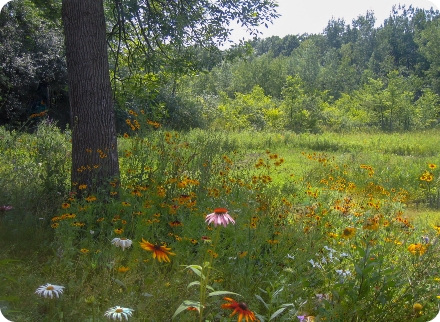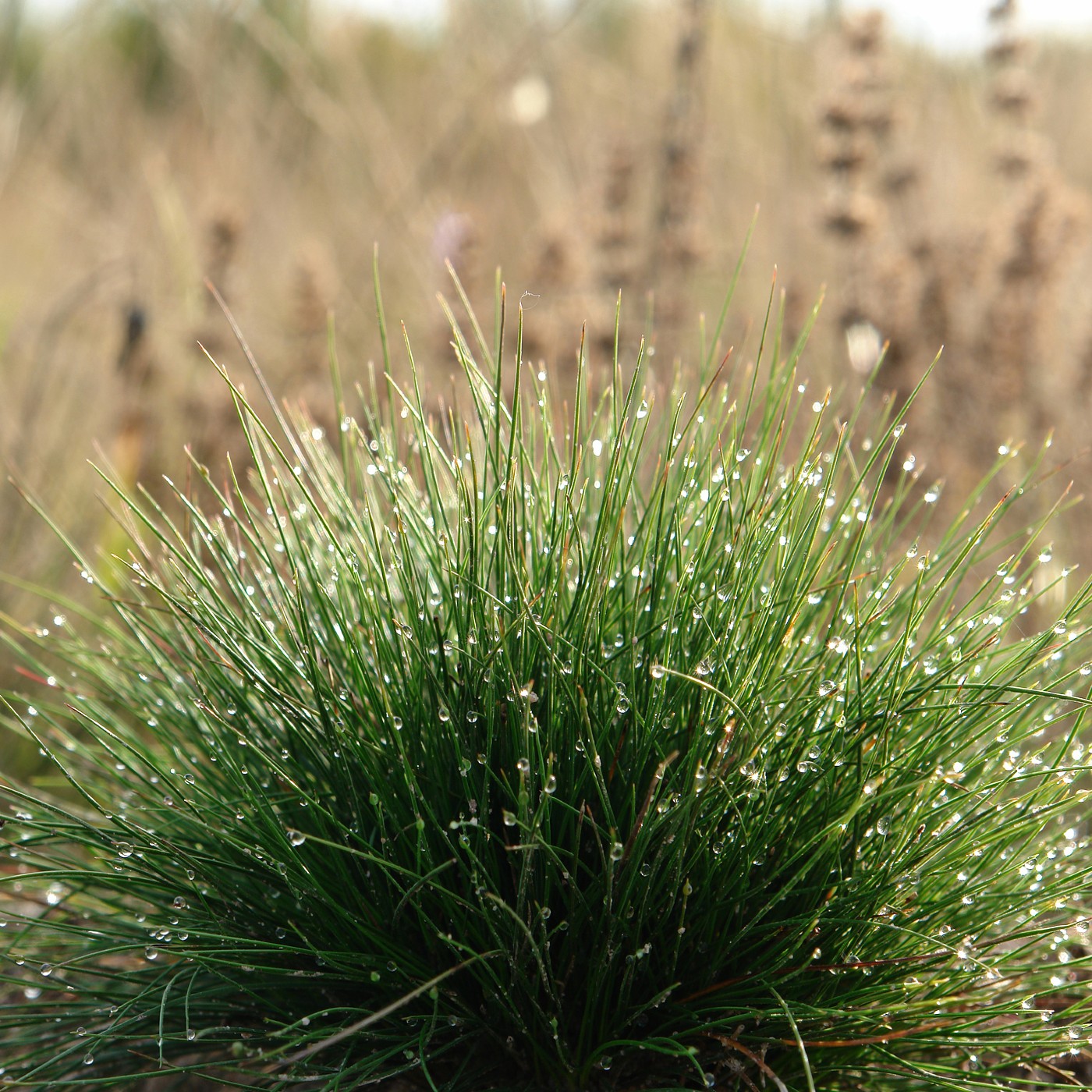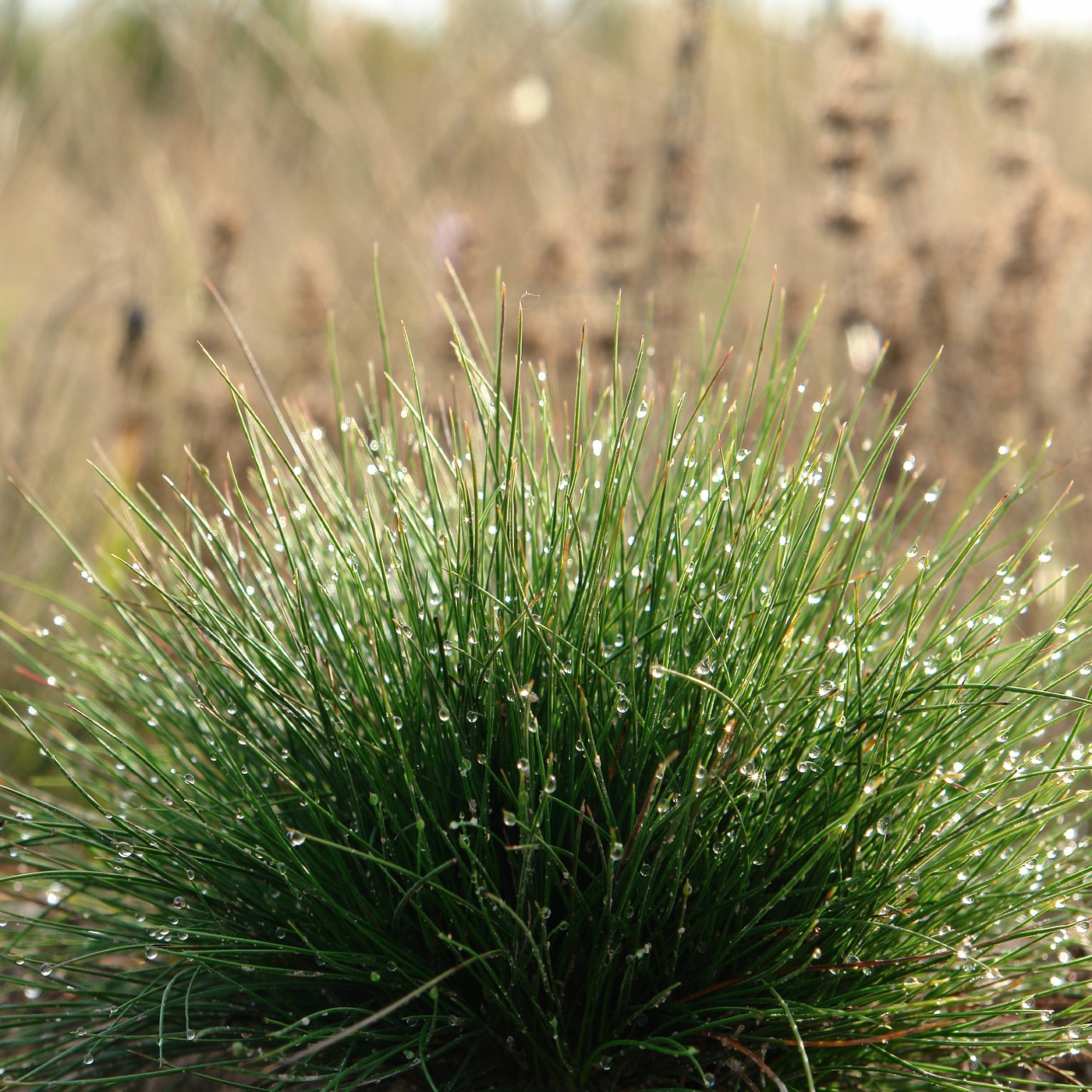Sheep Fescue Grass Seeds (Festuca ovina)
Sheep Fescue Grass Seeds (Festuca ovina)
 Yes!
This Item is Available
Yes!
This Item is Available
 Sorry!
This Item is not Available
Sorry!
This Item is not Available
Couldn't load pickup availability
Sheep Fescue - Festuca ovina - Sheep Fescue is a truly unique cultivar that unites practical efficiency and low maintenance with beauty. Rich color. This grass is an excellent choice to highlight a landscape area or to define an area by mixing it with wildflowers. Great for low maintenance areas where you want to add texture to the landscape setting after the wildflower blooms are past. For areas of desert or drought, this is a perfect choice. Sheep fescue is very practical and well suited for reclamation areas where poor soil and moisture are factors. Great for roadsides and performs exceptionally well on golf courses in those low maintenance areas without sacrificing attractiveness. 6-24 inches in height
Light Requirement: Sun to Light Shade.
Seeding Rate: 10-15 lbs. per acre or 1 lb. per 1000 sq. ft. for smaller plantings.
What in the World is Green Manure' or Cover Crops' and Why Should I Care?
Green manure crops may include legumes such as cowpeas,soybeans,annual sweet clover,vetch,etc. as well as non-leguminous crops such as sudangrass,millet,sorghum,and buckwheat. Legumes are often used as green manure crops for their nitrogen fixing abilities,while non-leguminous crops are used primarily for weed suppression and addition of biomass to the soil. Green manures usually perform multiple functions that include soil improvement and soil protection: Incorporation of cover crops into the soil is immediately followed by an increase in abundance of soil microorganisms that aid in the decomposition of this fresh material. The degradation of plant material allows the nutrients held within the green manure to be released and made available to the succeeding crop. This additional decomposition also allows for the re-incorporation of nutrients that are found in the soil in a particular form such as nitrogen,potassium ,phosphorus ,calcium ,magnesium ,and sulfur. Microbial activity in the soil also leads to the formation of mycelium and viscous materials which benefit the health of the soil by increasing its soil structure (i.e. by aggregation). Soil that is well- aggregated has increased aeration and water infiltration rates,and is more easily turned or tilled than non- aggregated soil. Further aeration of the soil results from the ability of the root systems of many green manure crops to efficiently penetrate compact soils. The amount of humus found in the soil also increases with higher rates of decomposition,which is beneficial for the growth of the crop succeeding the green manure crop. Green manure crops are also useful for weed control,erosion prevention,and reduction of insect pests and diseases. The deep rooting properties of many green manure crops make them efficient at suppressing weed. Green manure crops often provide habitat for many native pollinators as well as predatory beneficial insects,which allow for a reduction in the input of insecticides where cover crops are planted. Some green manures are also successful at suppressing plant diseases. Incorporation of green manures into a farming system can drastically reduce,if not eliminate,the need for additional products such as supplemental fertilizers and pesticides. Organic farming also relies on soil health and cycling of nutrients through the soil using natural processes. Green manures perform the vital function of fertilization,in concert with the addition of animal manures if those are used. Green manure also brings other organic advantages with it depending upon the plant type used. Buckwheat,for example,prevents the spread of weeds,and Winter wheat and Winter rye can also be used for grazing.Planting a Cover Crop or Green Manure' Crop?
When Do I Plant? Plant in Spring - Fall How Do I Plant? Same as the instructions above. What is the Next Step? Some of your cover crops may slow their growth in cold temps but will re-start again in early spring. In mid-late spring,mow down your cover crops before they go to seed and then rototill them into the soil in preparation for new garden areas. You will need to wait about 3-5 weeks after tilling before you plant anything new in this area. As most cover crops or green manures' add beneficial nutrients to the soil,this allows the nutrients added to be released into the soil and some of them like rye which keep down other seeds (like weeds) from germinating will no longer be present in the soil after a few weeks. After you wait this time amount,go ahead and plant your new areas according to the proper instructions for what you are planting.Customer Reviews

We offer CUSTOM Seed Mixes for All Your Projects!
We've got you COVERED for Landscape
Management, Conservation & More!





